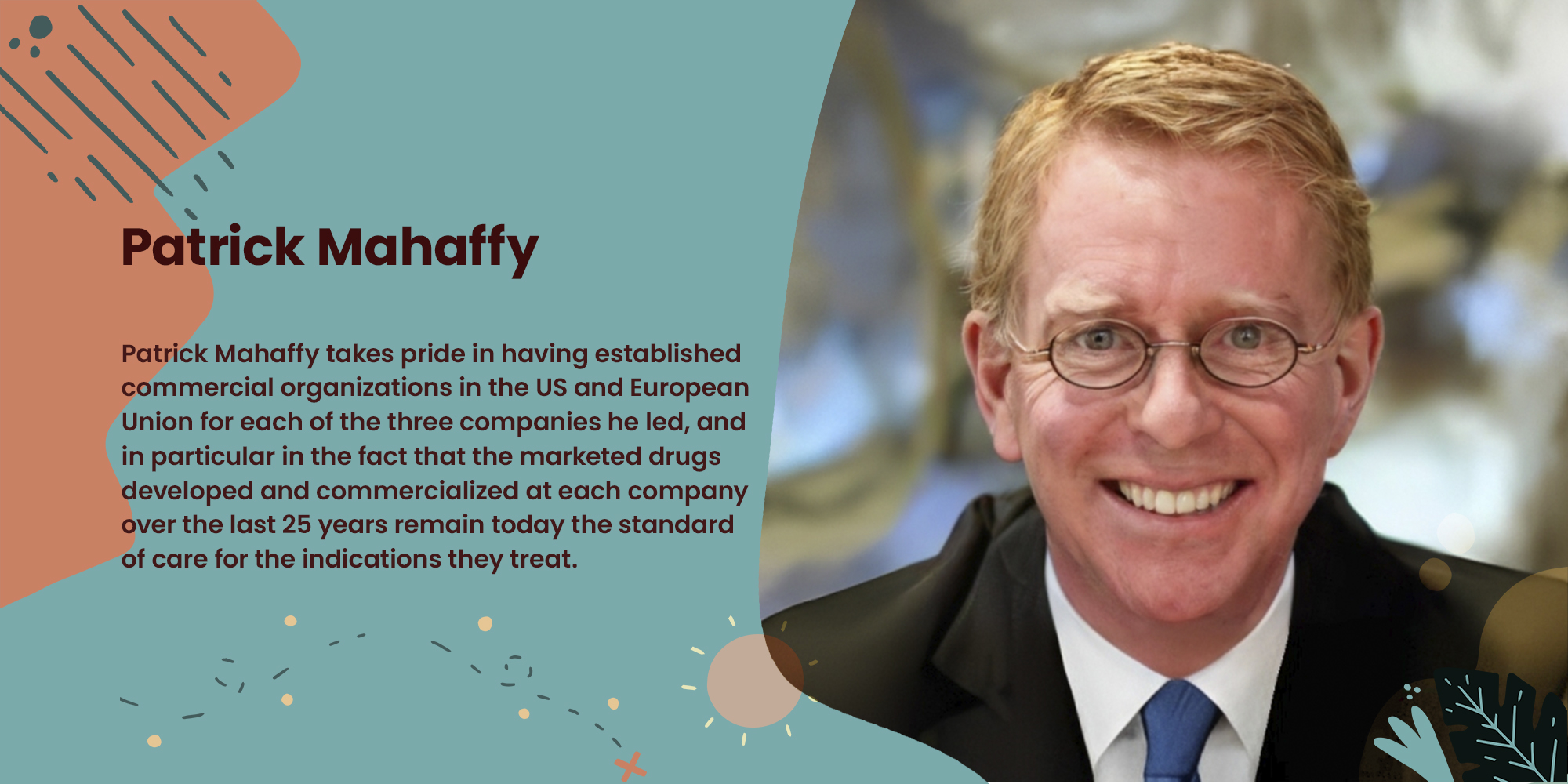
Buildings of traditional leadership are undergoing structural reformations amid the vast cityscape of the worldwide professional sector. New foundations are being erected between these towers, luring the architects of the future. Not only do these people exercise authority, but they also promote collaboration, foresee innovation, and support change. Let’s discuss how to plan and master the art of leadership edifice as we stand with our blueprints prepared, altering your career like no before.
The Pillars of Knowledge: The Foundation of Forever Learning
Leadership is rooted in ongoing education, just as a structure has solid foundations. Today’s leaders are constantly expanding their perspectives in the enormous and constantly changing terrain of information.
Connecting in Open Courtyards: Developing Emotional Intelligence
Leadership is no longer a secretive apartment at the top. Leaders and teams assemble, interact, and connect in an open courtyard. The cornerstone that builds trust, understanding, and empathy is emotional intelligence.
Encourage “Connection Corners” within your company to provide forums for candid communication, sharing life experiences, and emotional connection.
Dreamscape Design: Beyond Concrete Boundaries
While daily goals and objectives are crucial, leaders are also the primary dream builders. In addition to establishing the current schedule, they also draw the general contours of a more ambitious future.
Organize “Dream Design Sessions” quarterly to foster big-picture thinking and create long-term visions.
Agile Leadership: The Art of Modular Mechanics
Static methods might vanish overnight in a world of quick shifts and adjustments. Agile leadership is similar to modular building in that it allows leaders to modify their plans in response to changing circumstances.
Implement “Modular Meet-ups,” where teams periodically review, modify, and refocus their tactics to ensure optimal responsiveness.
Joint Conduits: Promoting Fusion and Flow
Today’s leaders need to be connected to conduits rather than isolated cabins. It involves encouraging fluid communication, incorporating different abilities, and combining them into a robust and cohesive force.
Create “Collaboration Corridors”—areas or venues that promote communication among diverse departments and the integration of project development.
Authenticity’s Panoramas in Transparent Terraces
Since information is so readily available today, authenticity and openness are crucial. Today’s leaders ensure that decisions, visions, and actions are transparent and visible to all by opening their terraces.
Organize regular “Terrace Talks,” which serve as a forum for open dialogue, rationales for decisions, and transparent leadership actions.
Technological Towers: Using Digital Elevators
Leaders cannot afford to stay on the bottom rung as technology redefines every aspect of business. As they climb technological towers, they must use new technologies, platforms, and tools to further their leadership.
Invest resources in “Tech Tower Training” to ensure you and your staff are always informed of recent technological developments.
Building Moral Structures: Integrity Bricks
Leadership is more based on ethics than style, content, or strategy. Authentic leaders build their structures with bricks of integrity, ensuring that each choice and action they make is grounded in morality and ethics.
Maintain “Ethical Engineering Workshops,” revisiting and reiterating the fundamental and moral principles that guide your leadership.
Building the Contemporary Leadership Cathedrals
The call to action is evident as we stand in the middle of the bustling city of the modern business world. Being a landmark is more important than just being another building on the skyline. You are creating a legacy and a tower that will stand tall, directing and motivating numerous professionals by mastering the advanced art of leadership, which will help you progress professionally.
The Architect Leadership age is upon us. Are you prepared to construct with plans in your possession and dreams in your heart?